Getting around Paris

Paris is a huge city, but with a fairly compact centre, so many of the sights can be explored on foot during the day. But you probably won't be able to avoid public transport anyway.
Public transport in Paris is provided by RATP, which operates the metro, RER trains, Transilien trains, buses, trams and the Montmartre funicular.
Detailed information is available on the official website ratp.fr
Public transport tickets
The same fare applies to all modes of transport, i.e. metro, trains, buses, trams and the Montmartre cable car, but the conditions of use may vary slightly in detail, for example for RER trains.
The range of tickets is quite wide and buying them requires a bit of thought about how many times you will use public transport in Paris and where you will go.
The same fare applies to all modes of transport, i.e. metro, trains, buses, trams and the Montmartre cable car, but the details may vary slightly in terms of conditions of use, for example on RER trains.
To travel around Paris, it is first necessary to explain the zone system.
Public transport zones in Paris
Paris and its surroundings are divided into 5 zones, the higher the zone, the more you pay for your ticket.
- Zone 1 - the historic core of Paris and the administrative boundaries of the city
- Zone 2 - the immediate surroundings of Paris (e.g. Stade de France, Vincennes, Saint-Ouen, Boulogne, Issy, Ivry)
- Zone 3 - the wider area around Paris (e.g. La Défense, Saint-Denis, Antony, Viroflay, Villejuif, Choisy)
- Zone 4 - places further away from the centre (e.g. Orly Airport, Chateau de Versailles, Le Bourget Air Museum)
- Zone 5 - places furthest from the centre (e.g. CDG airport, Chateau Fontainebleau, Disneyland Paris or La Valée outlet)
- Map of public transport zones in Paris
Day and multi-day tickets
For visitors to Paris, there are 3 options of day or multi-day tickets, each with its own advantages and disadvantages, and you should always calculate in advance where you want to go and how often you want to travel around Paris.
This table provides a clear comparison.
| Navigo Easy | Navigo Découverte | Paris Visite | |
|---|---|---|---|
| 1 day | 12 eur - Zones 1-5 (not valid for travel to any airport) |
12 eur - Zones 1-5 (not valid for travel to any airport) |
29,90 eur - 5 zones (including airports)* |
| 2 days | -- | -- | 44,45 eur - 5 zones |
| 3 days | -- | -- | 62,30 eur - 5 zones |
| 5 days | -- | -- | 76,25 eur - 5 zones |
| Calendar week | -- | 31,60 eur - Zones 1-5 (including airport travel) |
-- |
* If you want to use a day ticket on the day of arrival or departure, it is worthwhile to drive to the centre for a single fare at 13 eur (train) or 2,50 eur (bus) and purchase a Navigo Day Ticket at 12 eur.
Navigo Easy
The best value card for day tickets is Navigo Easy.
Purchasing a physical card costs 2 eur, there is also a free mobile version. You can load several types of tickets on this card.
Prices and variants
You can purchase three fare options on the Navigo card or in the mobile app.
- All-day - valid only on a given calendar day until 24:00.
- 12 eur - for 5 zones (convenient for travel to Disneyland or Versailles, for example; not valid for travel to any Paris airport)
How to buy?
- Physical card for 2 eur from a machine (reloadable)
- Via the Île-de-France Mobilités mobile app (Google Play / App Store)
The physical card can only be purchased at SNCF Transilien offices at major stations and at some RATP branches typically at CDG airport or major stations (not at regular metro stations).
In the mobile app, you must register, fill in your personal details and agree to use the ticket via NFC technology.
Once the ticket has been purchased and loaded on your phone, you don't have to open the app each time, but just hold your phone up to the NFC reader in exactly the same way as when you pay by card.
Where does the ticket apply?
All means of public transport in Paris and the Île-de-France region, with the exception of travel to Paris airports.
Who benefits from the ticket?
Navigo Easy is advantageous if you make more than 4 journeys on public transport within a calendar day.
Official information on Navigo Easy: iledefrance-mobilites.fr/navigo-easy-travel-card.
Navigo Découverté
The extended version of the Navigo Easy card is called Découverté and is advantageous for stays of more than 3 days, as this card can be loaded with a weekly pass.
To use the Navigo Découverté you need your own passport size photo. You can buy the card from a machine and stick the photo on yourself or at the SNCF/Transilien ticket office at major stations, where a staff member will stick the photo on for you.
The Navigo Découverté card costs 5 eur.
Prices and variants
You can buy three fare options on your Navigo card or on the mobile app.
- All-day - valid only on a given calendar day until 24:00.
- 12 eur - For 5 zones (convenient for travel to Disneyland or Versailles, for example; not valid for travel to any Paris airport)
- Weekly - valid only in a given calendar week from Monday to Sunday. So if you buy a weekly ticket on Thursday, for example, it will only be valid until the following Sunday, i.e. 4 days.
- 31,60 eur - for 5 zones (including airport journeys)
- Monthly - always valid for a calendar month, but can be advantageous for a 3-week stay.
- 88,80 eur - For 5 zones (including airport travel)
How to buy?
- Physical card for 5 eur (reloadable)
Paris Visite Pass
These tickets are not very convenient for tourists after the simplification of Navigo fares (see above).
In addition to unlimited travel on all Paris public transport in a given zone, the Paris Visite pass offers interesting discounts on admission to some sights (for a detailed list of discounts, see for example this website: transilien.com), but you would need to visit quite a lot of sights in a day to make the price worthwhile compared to the Navigo day pass for 12 eur.
Prices and options
Children under 11 get a 50% discount and children under 4 travel free.
| Zones | 1 day | 2 days | 3 days | 5 days |
|---|---|---|---|---|
| 1-5 | 29,90 eur | 44,45 eur | 62,30 eur | 76,25 eur |
Similar to Navigo, the Paris Visite Pass is only valid for calendar consecutive days, i.e. from 0:00 to 24:00.
So, for example, if you buy a 1-day pass at 22:00, it will only be valid until the next midnight, i.e. only for 2 days. If you buy a 3-day ticket at 20:00 on Monday, it is only valid until 24:00 on Wednesday, not 72 hours.
How to buy?
- Paper ticket - it has a magnetic strip, so don't keep it in the same compartment as your credit cards in your wallet
- Via the Bonjour RATP mobile app (Google Play / App Store)
You can buy Paris Visite tickets from all machines at metro, train, tram and major bus stops. You must write your name and the dates you want to use the ticket in pen on the ticket.
In the mobile app, you must agree to use the ticket via NFC technology.
Once the ticket has been purchased and loaded on your phone, you don't have to open the app each time, you just need to put your phone to the NFC reader in the same way as when you pay by card.
Where does the ticket apply?
All public transport in Paris and the Île-de-France region, according to the zones purchased.
Who benefits from the ticket?
You will only use the Paris Visite Pass if you travel a lot. To make the pass worthwhile, you must make more than 6 journeys in 1 day.
The 5-zone pass can only pay off against Navigo if you arrive in Paris on a Friday, Saturday or Sunday, days when Navigo is no longer on sale for that week.
Official information on the Paris Visite Pass: ratp.fr/paris-visite-travel-pass.
Navigo Travel Card
This card is only for residents of Paris and the Île-de-France region.
Single tickets
Single tickets for public transport are sold in 3 different variants. Children under 4 years old travel for free.
Previously, there was only one type of single tickets called ticket t+, which is no longer available from 2025.
Prices and variants
- 2,50 eur – Metro-Train-RER Ticket
- Single fares on the entire metro, train and RER network in zones 1-5
- It is possible to transfer between metro, train and RER lines, but not to buses or trams
- Maximum journey time can be 2 hours
- Official information: iledefrance-mobilites.fr/metro-train-rer-ticket
- 2 eur – Bus-Tram Ticket
- Single fare for the entire RATP bus and tram network
- It is possible to transfer between bus and tram lines, but not combinable with metro, trains and RER
- Valid for 90 minutes (any number of transfers)
- Also valid on the regular bus lines 350 + 351 to CDG airport and on the T7 tram to Orly airport
- Official information: iledefrance-mobilites.fr/bus-tram-ticket
- 13 eur – Airport <-> Paris Region Ticket
- Single fare for the RER B train from CDG airport to anywhere in Paris and the Île-de-France region (zones 1-5)
- Single fare on OrlyVal or Metro 14 from Orly airport to anywhere in Paris and the Île-de-France region (zones 1-5)
- Official information: iledefrance-mobilites.fr/paris-region-airports-ticket
How to buy?
- Paper ticket - it has a magnetic strip, so don't keep it in the same compartment as your credit cards in your wallet
- Via the Bonour RATP mobile app (Google Play / App Store)
In the mobile app, you must agree to use the ticket via NFC technology.
Once the ticket has been purchased and loaded on your phone, you don't need to open the app each time, but just put your phone to the NFC reader in the same way as when you pay by card.
Who benefits from the ticket?
Single tickets are advantageous if you make 4 or fewer journeys in Paris in 1 day.
Connection finders and apps
Find your route from a specific stop to your destination easily without complicated searches on maps and timetables. You can use several websites to search for connections.
- Website ratp.fr
- Bonjour RATP mobile app on Google Play / App Store
Metro and RER
The metro, complemented by the faster RER trains, is the fastest and most frequently used mode. Many travellers never use a bus or tram during their stay, simply because the metro or train can get you absolutely everywhere. It's quick and quite easy.
Book a hotel near a metro station
As the metro is by far the most important means of transport in Paris, we have compiled detailed information into a separate chapter on the Metro in Paris.
Buses
Buses are a neglected mode of transport. After all, the metro is more straightforward and it's easier to find out where a particular line goes.
Unfortunately, there are no clear maps of the bus network at bus stops or on the website.
Nevertheless, buses are often a great way to get around and save a lot of time compared to the metro. Metro lines are often quite winding, and station entrances or transfers are through very long corridors. In contrast, you will always find the bus stop clearly marked right on the street.
In the details of places to see in Paris, we therefore describe useful bus lines that you can easily use as a tourist.
Routes and timetables
You can find timetables for a specific line and a simplified route map at ratp.fr/en/horaires-bus.
Normal daily services run from approximately 5:30am to 12:30am.
Frequency is usually between 5 and 10 minutes, but can be up to 30 minutes at weekends and on marginal routes.
If the number of a bus route is diagonally crossed out, it means that the bus does not run its entire route.
The ratp.fr/plan-bus website does show a map of bus routes in the centre, but only high frequency routes (4-7 minutes) are plotted and many other useful routes are missing.
Bus stops and boarding
At bus stops, you will always find timetables and a digital screen with the time the line will arrive.
On regular buses, you only ever board through the front door, where you mark your ticket in the validator (or put your phone to the reader).
On some lines, there are articulated buses - you can board through all doors, and readers and validators are always at all doors.
All stops are on signal, so you have to wave to the driver before boarding and press the stop button well before getting off at the stop.
Trams
Another less used means of transport are the trams that run around the centre of Paris and its suburbs.
They have only 13 lines, designated T1-T13.
You must mark your ticket when you enter the tram, and you can board through all doors. All tram stops are equipped with a ticket machine.
- Tram timetables: ratp.fr/en/horaires-tramway
- Map of trams in Paris: ratp.fr/en/plan-tramway
Bike share app
A very good alternative for getting around the city besides walking and public transport is the bicycle.
A big advantage in this direction is the fact that Paris is (except for Montmartre or the Latin Quarter) a flat city and also with a great cycling infrastructure.
Most of the sights and attractions are in the flatlands, and the cycle path along the Seine is very popular with locals. In total, there are several bike-sharing companies.
Vélib is one of the most popular due to its affordability. You'll find bike racks all over the city, mostly at metro stations and tourist spots. You can buy a bike rental on site from a vending machine using a credit card or a mobile app.
There are 2 major bike-sharing apps in Paris, with stations scattered around the city:
- Velib' - Google Play / Appstore mobile app
- Bolt - Google Play / Appstore mobile app
Velib' prices are set as follows for those who are not subscribers:
- 0-30 minute rides: 1 eur
- 30-60 minute ride: + 1 eur extra
- Every additional 30 minutes of driving: + 1 eur extra
Montmartre cable car
A popular tourist attraction is the short funicular in the Montmartre district, which leads to the famous Sacré-Coeur Basilica. The cable car is only 108 metres long and overcomes a height difference of 36 metres in the process. Two cabs run on rails along the route.
The cable car operates daily from 6:00 am to 12:45 am and runs at roughly 5 to 10 minute intervals.
The fares are the same as on all other RATP vehicles, and all the ticket types described above apply.
For information on the funicular to Sacré-Coeur: parisjetaime.com//funiculaire-de-montmartre.
Night transport
Paris invites romantic night walks, long bar sessions, or you just need to be at the airport so early that the regular daytime flights aren't running yet.
Paris' night transport is catered for by the Noctilien network of bus lines with the letter 'N' and a number. Each line runs at roughly 20 to 30 minute intervals and the network is very dense in the centre.
The night buses have all-day and multi-day tickets as well as single tickets for €2.
Night bus timetables: ratp.fr/en/horaires-noctilien.
Taxi, Uber, Bolt
Thousands of taxis ply the streets of Paris, but they should be the last choice in terms of transport.
Traffic in the city centre is very dense, and in the vast majority of cases you'll get there faster and significantly cheaper by metro or RER train.
The starting rate for classic taxis is 2,75 eur, and you'll pay around 0,90 eur per kilometre during the day or 1,20 eur at night. If you are stuck in traffic, the hourly rate (around 30 eur) may also apply.
Alternative taxi services Uber and Bolt also work well in Paris, and usually have significantly lower prices than conventional taxis. Download their apps and hail a car anytime, anywhere:
- Uber (Appstore / Google Play)
- Bolt (Appstore / Google Play)
Airport Shuttle
For detailed information on transport to Paris airports, see our special guides to airports around the world.
Check out the cheapest and fastest connection options, how long it takes to get to the airport, and other practical information about the number of terminals and the distribution of airlines to each building.
Any questions left?
If you have any questions or comments about the article...
8 comments
Hello, are there still physical Mobilis tickets for different zones on which I can write my name and date with a pen?

Hello, there are still Navigo Découverté cards available for €5. However, you will also need a passport-size photo.
Thanks, but I'm interested in a day pass.

In this case, Navigo Easy is the best choice, see above. No date or surname is needed.
Hey. Hey,
I'm posting a fresh experience from my stay in Paris from 15 May - 18 May 2025. If you are planning a minimum 3-day stay and will be travelling around Paris by metro, I definitely recommend the Navigo Decouverte card, which can be loaded with a weekly fare for 31.60 EUR. The card is valid for all means of transport, including the RER commuter trains and the Montmartre funicular (similar to the Petrin funicular) for all 5 zones. With a single ticket costing €2.50 and a €13.- trip to/from CDG airport on the RER, it's definitely worth it. The actual card costs 5,- EUR, so you pay a total of 36,60 EUR, which is still a bargain. You need a small ID photo for the card, take a photo from home, even an older one, the staff doesn't worry about that, they will issue you a card with the fare loaded on it and you put the photo in yourself. Right at CDG airport by the RER B train station there is a transport office where you buy a Navigio Decouverte, the operator will upload the fare straight away. But allow for time, we had an hour (!) queue, which kept growing, out of about 6 counters, 2 were in use around 9am, just the French... If you don't have a photo, there are photo booths at the airport that "speak" Czech as well, you can get 6 passport photos there for 8,- EUR. You then attach the card to the validators at the turnstiles in the metro or at the station where the RER trains leave from. The card is valid for a calendar week, i.e. from Monday to Sunday midnight, and can be purchased for that week no later than Thursday. Navigio Decouverte with a weekly fare is therefore worth it if you take the RER-B train to/from CDG (2x13EUR) and take at least 5 metro, RER (e.g. to Versailles or the Eiffel Tower) or bus rides during your stay, which we took advantage of. I wish everyone a wonderful experience in the metropolis on the Seine!

Not all of them pay off exactly as you write :)))) For example, we lived further away from the city centre, but we took the Bolt from CDG airport at night for 30 EUR for 2 people and we were comfortably at our hotel in no time. Always + ticket to and from the centre most of the time too. We drove about 5-7 EUR a day and with 3-4 days it's on the edge. We planned it so that we got off on one side and then walked through town and back to the hotel from the other stray center :) So even the option of paying for individual rides is OK and worthwhile, especially if the 2.5 ticket is valid all the way to Versailles :)
hello, i will be visiting Paris on June 13-16, 2025. please help me to advice on what card should i buy for the city transportation. on June 13, from Orly, I will go straight to Disney hotel in Serris area (by metro or by taxi/disney shuttle), then on June 15, I change hotel around Richard Lenoir metro (plan by metro from Serris) and strolling around in the city using metro/bus/tram (it will need about 10rides max). on morning of June 16, I will go to Gare du Nord by taxi for train trip to Amsterdam.
from this schedule, i will need max about 12 times in the public transport for 2 days. can you advise me, what card should i purchase? thank you.
As for the physical cards, I would correct the wording of the article. Navigo travel card is for residents (from the text it is clear that the tourist can get it at most by MAIL? who would do such preparation? :-D ). Tourists can get a physical card right away for that Navigo Decouverte for 5 EUR...... The weekly ticket Monday-Sunday for 31,60 EUR cannot be bought on Navigo Easy physical card for 2 EUR, but it is on Decouverte for 5 EUR (you have to have a passport photo then you have to shrink it to fit on the card and it still says your name). So it's better to have the tickets on your phone, then it's a saving of 5 EUR and the cost of taking the photo :-) On the other hand, owning a physical card is an advantage, you can see how it works sporadically there, turnstiles (creeping, jumping, cutting the door by force), vending machines not working and someone still complains about the mobile app. You buy that Decouverte card at the window in the metro/RER station with a weekly voucher and finish it yourself by sticking a photo and writing your name on it, but as it's not protected in any way it can then be easily rebranded to another person, this is what I didn't understand, they didn't secure it, but I guess they don't have a problem with it, only one person will always go with it :-) Then CDG airport is a chapter in itself. Those buses No 350/351 now only run from Terminal 3 of the bus station until the 2025 holidays (they are fixing something at Terminal 2 and that's why it doesn't go there) , you can easily buy a ticket from the driver for 2,5EUR in cash, whoever gets a ticket from the machine for 2 EUR will save a bit. Someone may like the option to save fare from CDG by taking bus 350 to the first RER B station after CDG airport and instead of 13EUR pay only 4,5EUR = 2E(bus)+2,5E(train). Bus 351 to the Nation is an exotic passage through Senegal for first time visitors to Paris, both in the occupancy of the bus and the neighborhoods traversed.
Revisers will be 100% present at the exit of the RER train to the CDG terminal, otherwise not much is visible. :-D

Thanks for the info!
I updated the article in February with the new rules, but now I see that the weekly one has disappeared from Navigo Easy. Thanks, I'll update again :D
Daily navigo tickets for zones 1-5 can be used to go to la valle village, right? Then where can I buy navigo tickets? The problem is that I want to buy through the application, I can't maintain it.

Yes, tickets are valid for La Vallée. If you can't buy them on the app, you can buy a navigo from a machine at any metro or train station.

Just an addition, or rather a clarification. It's a bit cluttered here. If you need a day ticket for everything in zone 1-5 (the whole Île-de-France area except for travel to both airports ) it costs 12€. A separate single trip to or from the airport to anywhere in Paris costs 13€ (valid for 2 hours if you don't leave the traffic area)
If you also need to get to one of the airports, the cheapest Paris Visite day ticket for one day comes to 29,90€.
Hello, I would like to ask for advice. We are going to Paris in April 2025 for 4 days (Wednesday - Saturday) and would like to use the Navigo Découverté card for transport around the city - a weekly pass for 5 zones. We will be arriving at Orly airport. Please do you know if it is possible to get this type of card directly at the airport and where and use it already for travel to the city centre.
Thank you for your advice and information.

Hello, last autumn you couldn't buy a physical Découverté card at Orly airport - neither the RATP office nor the Transilien commuter trains office was there, and it looks like it still isn't.
Where to buy Navigo at Orly is described here:
https://parisbytrain.com/navigo-...y-airport/
The second option is to install the app and buy Navigo in it:

But that's a regular Navigo Pass. I think you still can't buy Navigo Découverte directly on Orly or in the app.
Me in June 23 Découverte buy went.

Yeah, I've been through this. From January 2025, there's a pretty significant change to the fare structure across Paris transport.
I haven't figured out a reason to buy Navigo Découverte as a tourist now. Really, you probably just need a regular Navigo card from a vending machine (or the app), loaded with a day/weekly/monthly ticket.
Probably need another trip to Paris... :D

It's worth it if you'll be travelling around Paris for more than 3 days and need to go to the airport .... Then it's better to buy a weekly Navigo Découverte .....

But I don't need the Découverte for a weekly pass. I can upload it to a regular Navigo card: https://www.iledefrance-mobilite...kly-ticket

I'm looking at it now, and Navigo Découverte is probably already cancelled, and at 2 days it's worth buying Navigo Semaine (Angl.Week) .... But it's again limited by the time of purchase, as was Découverte ... Somehow they've ditched the whole thing ....

That's right, just as of January 2025 the whole tariff structure is changed. There's still outdated information somewhere, so you might really want to go to Paris in person.

I'm flying there on Tuesday .... that's why I was looking at it


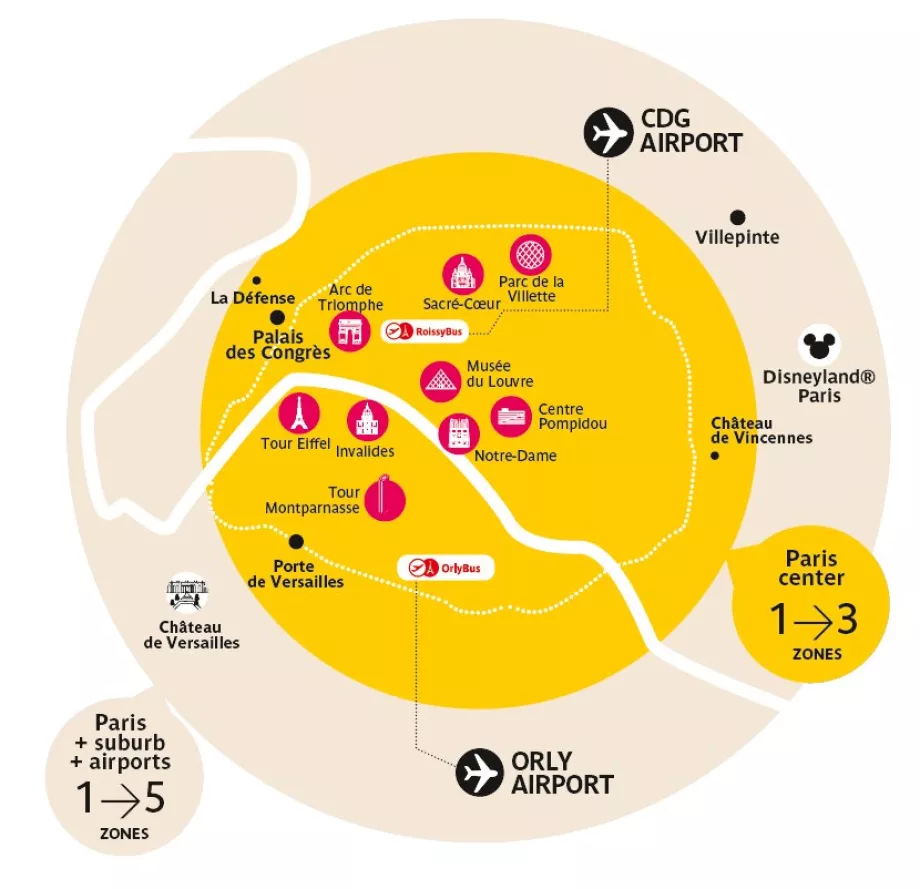
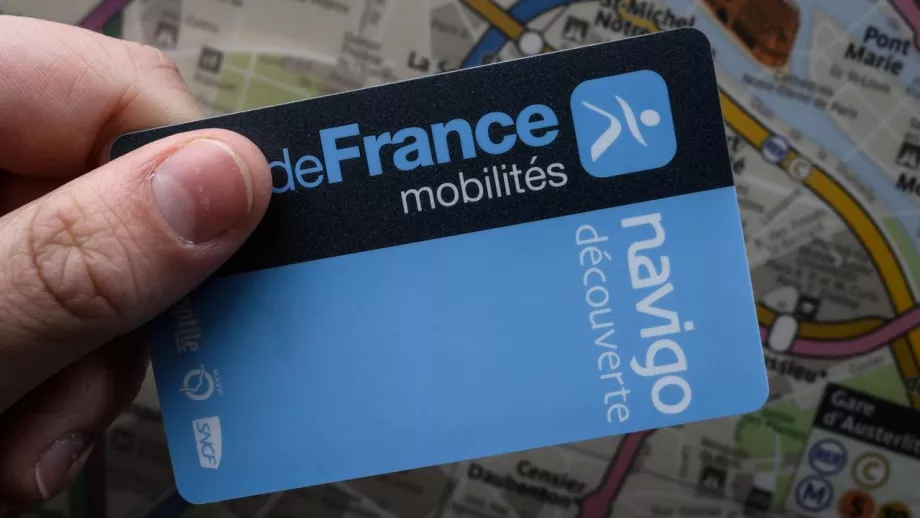
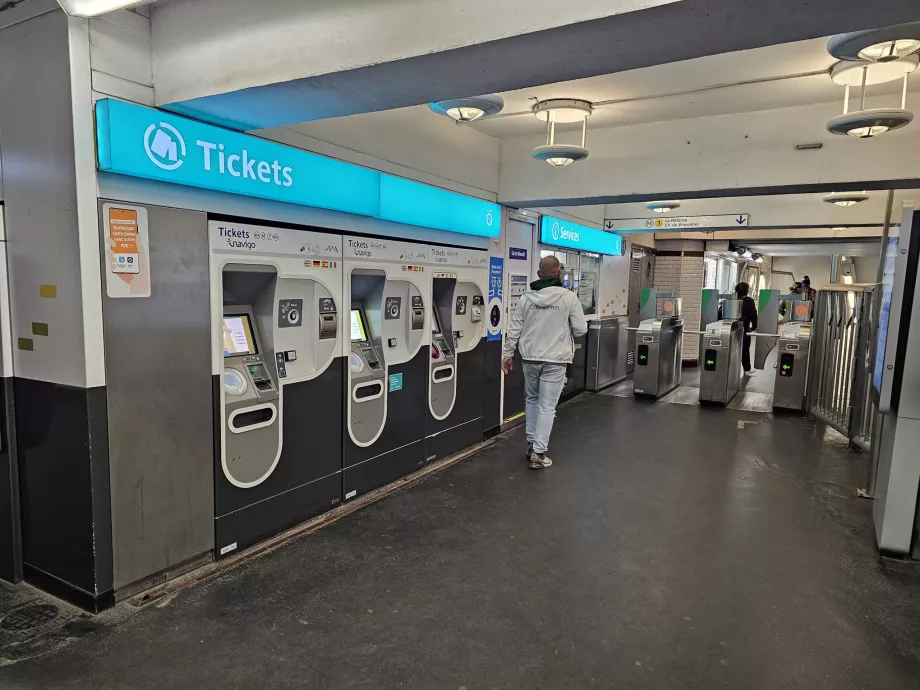
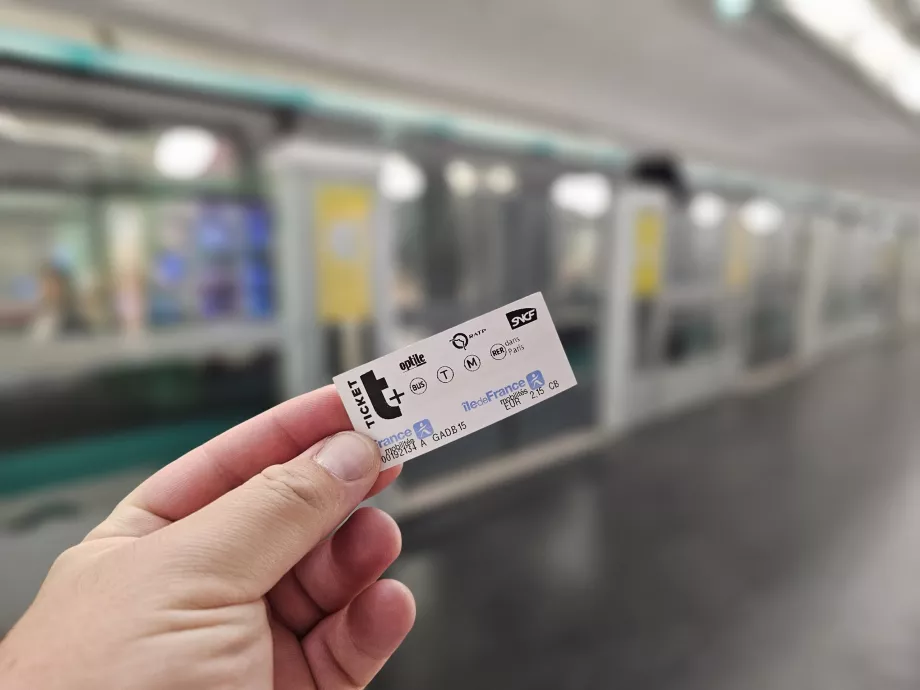

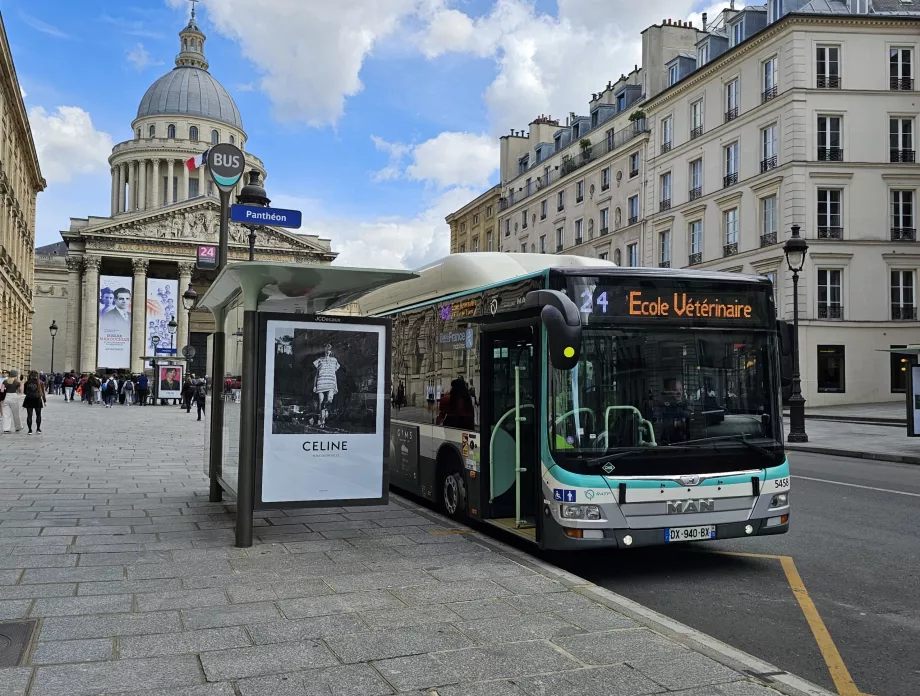
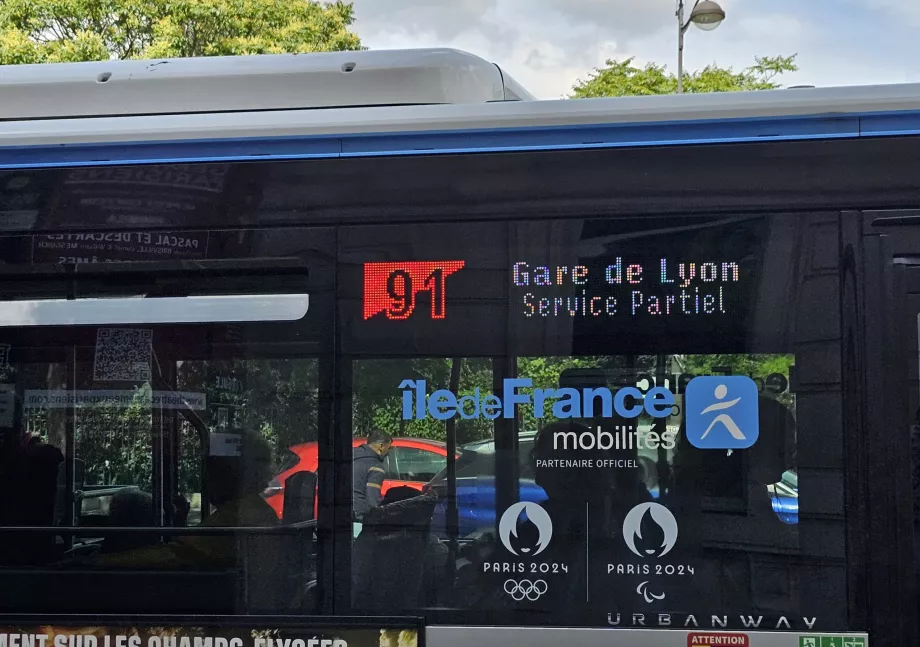
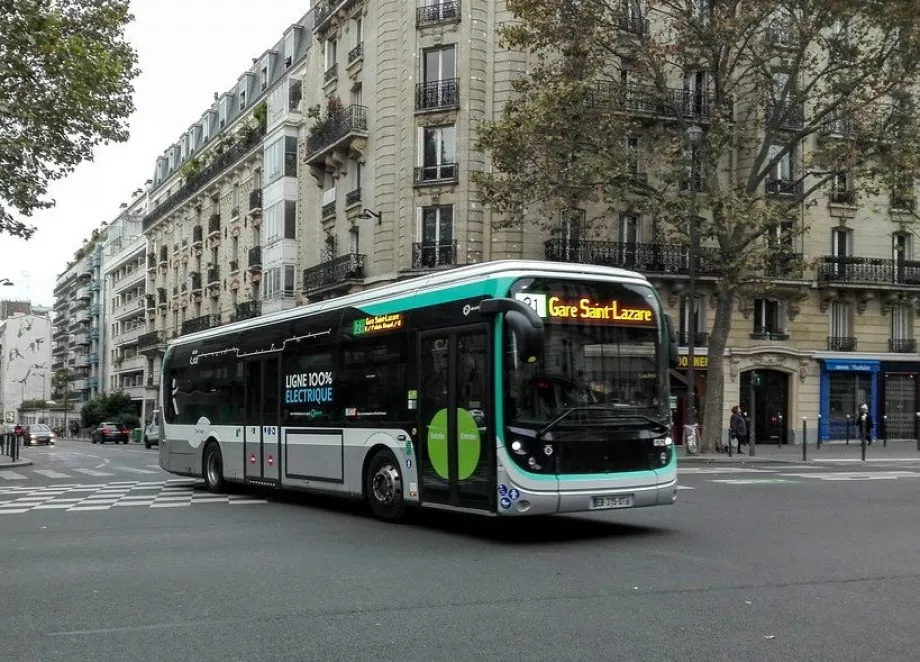

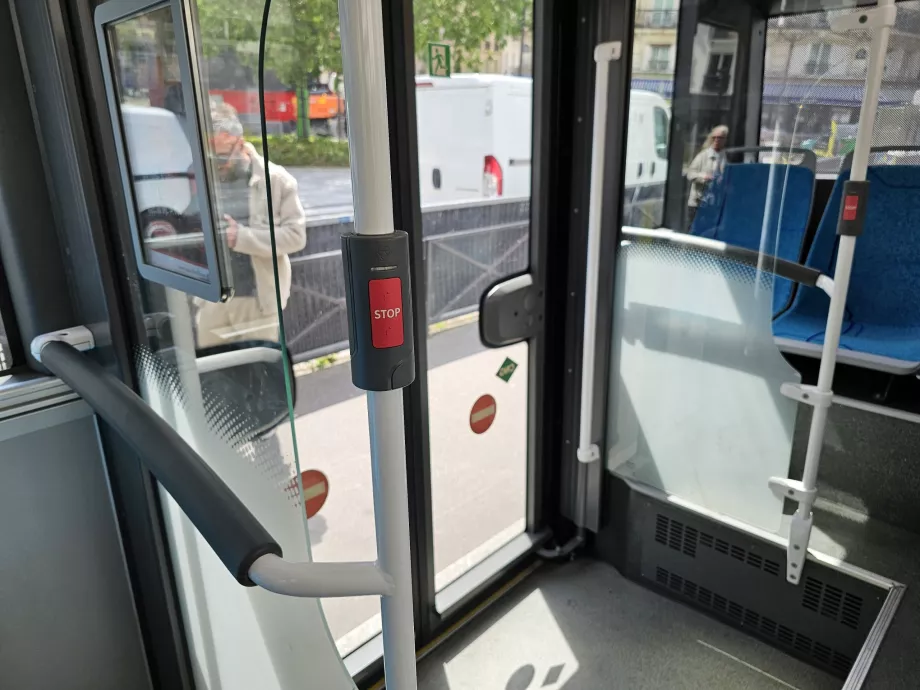
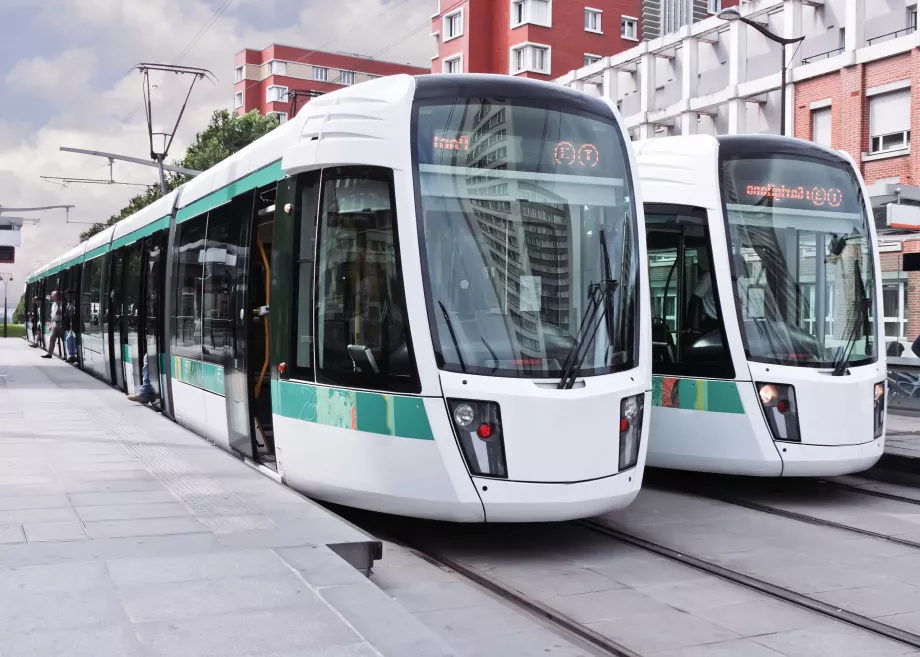
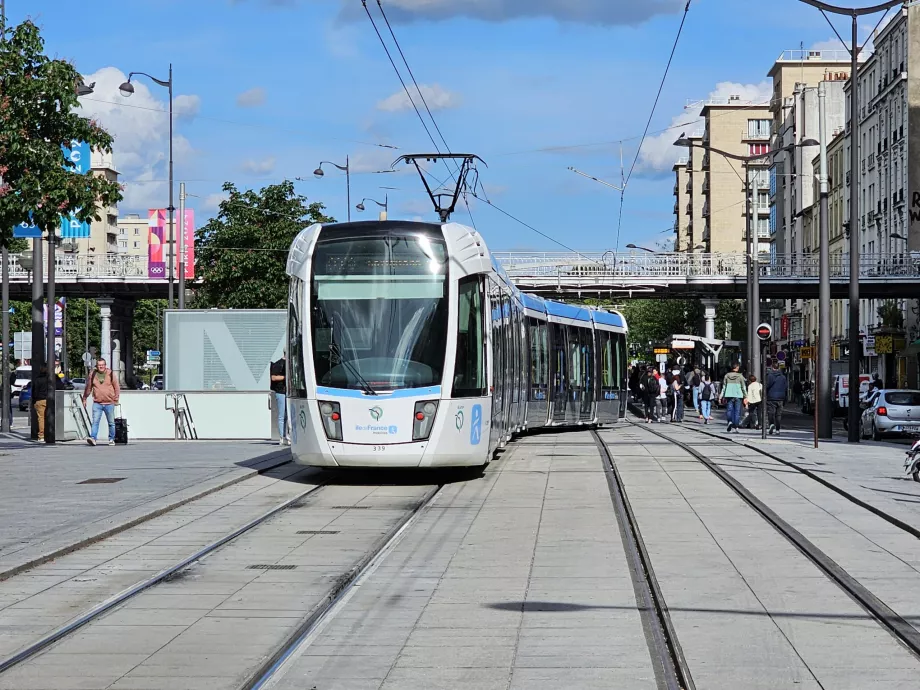
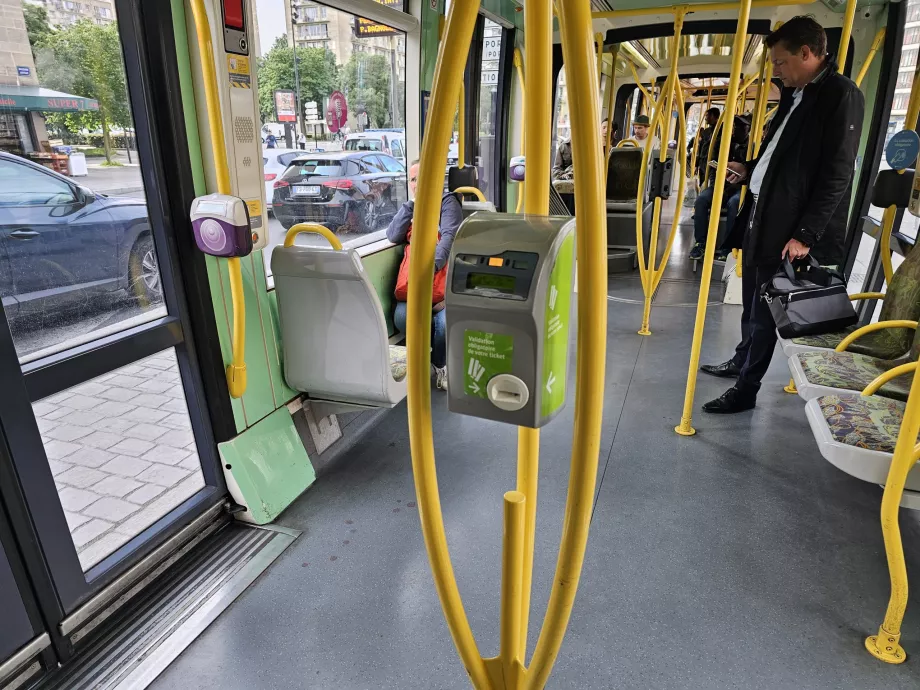
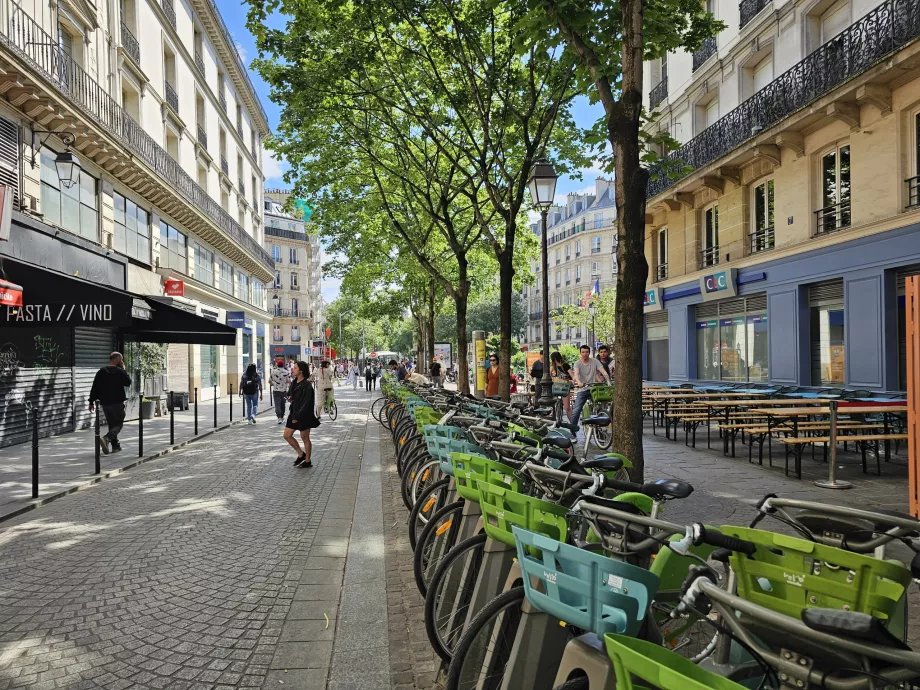
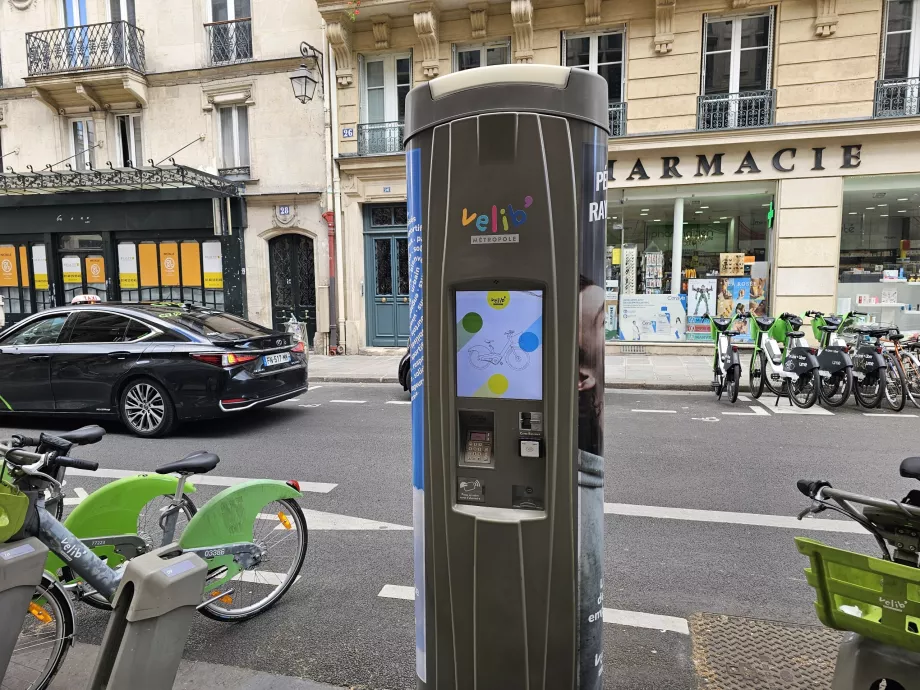
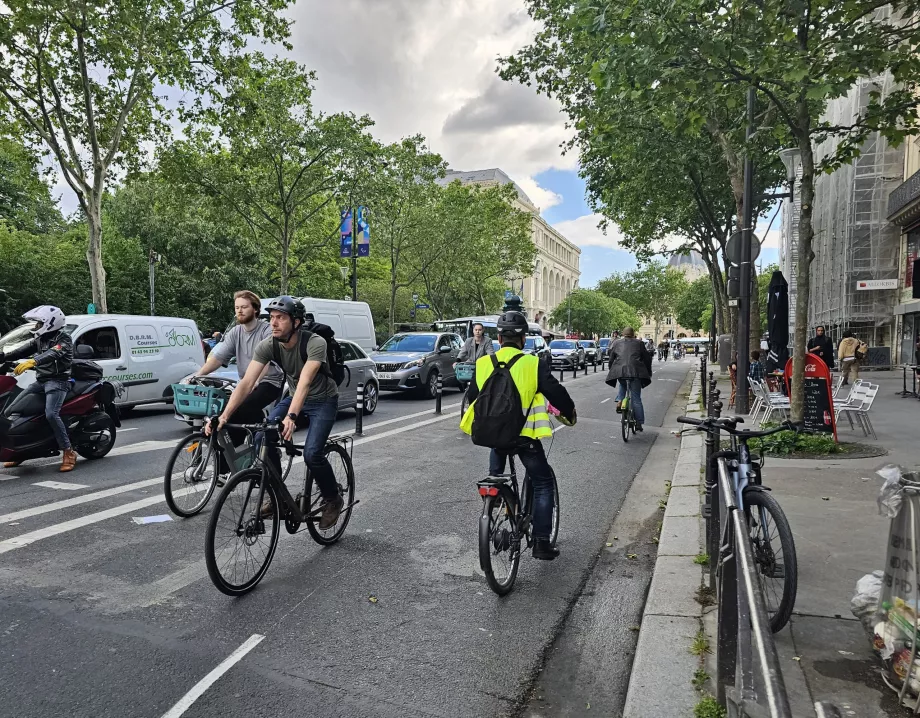
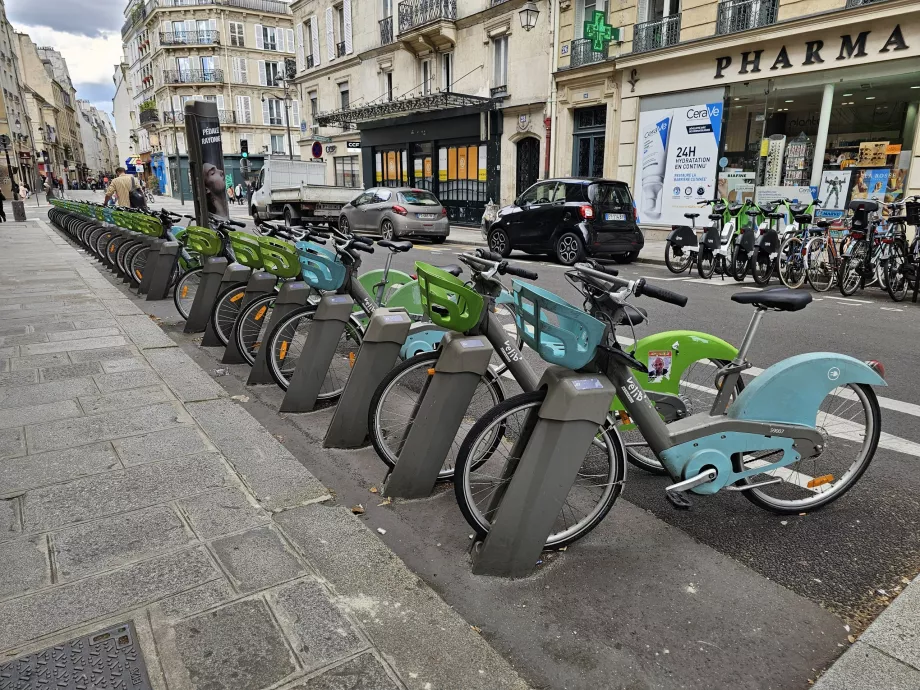
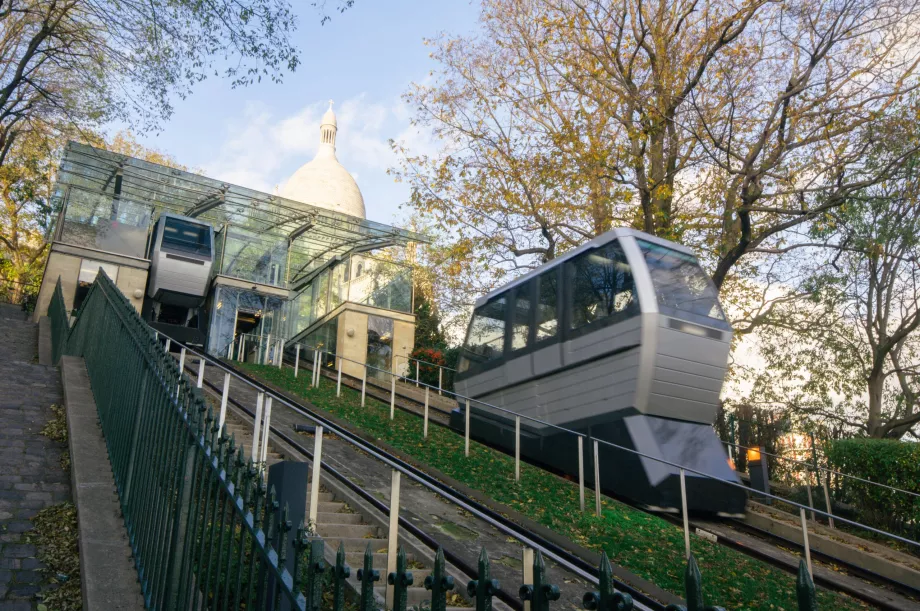
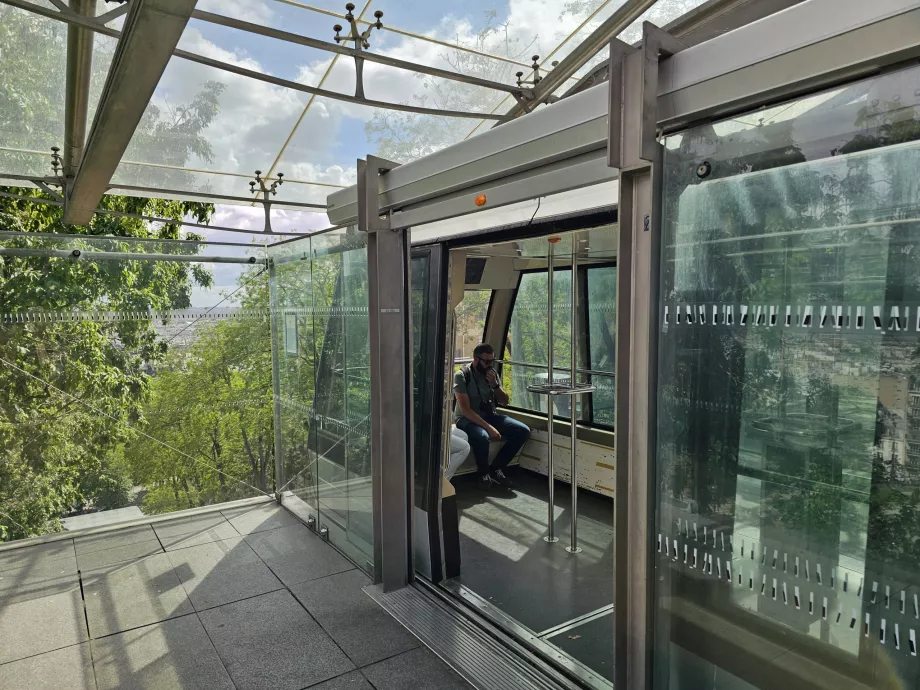
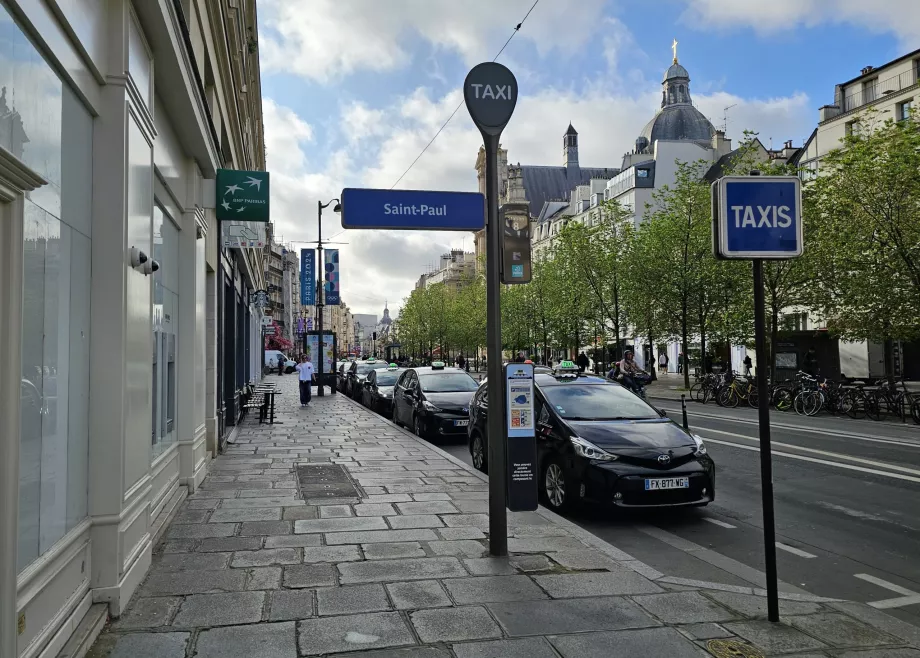
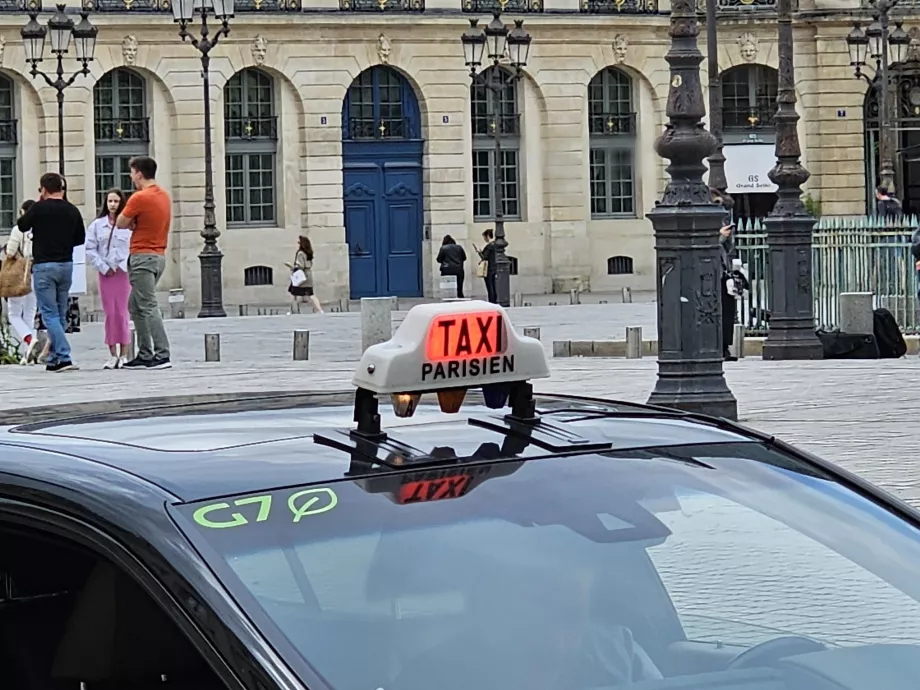

Hello, is it possible to upload a Navigo Week Pass for two people (adult + child) to one phone (one app)? Then how does it work when going through the turnstile? Does it let both people in at the same time or do I have to hand the phone to the child and they have to scan it again?